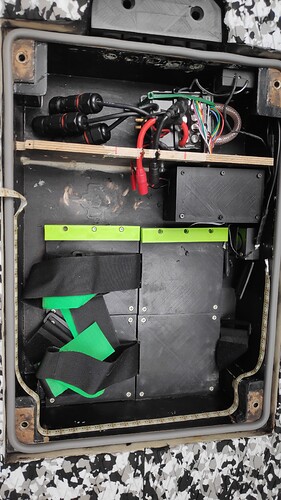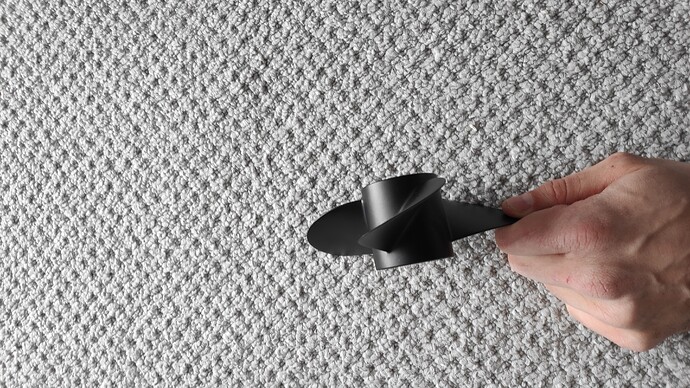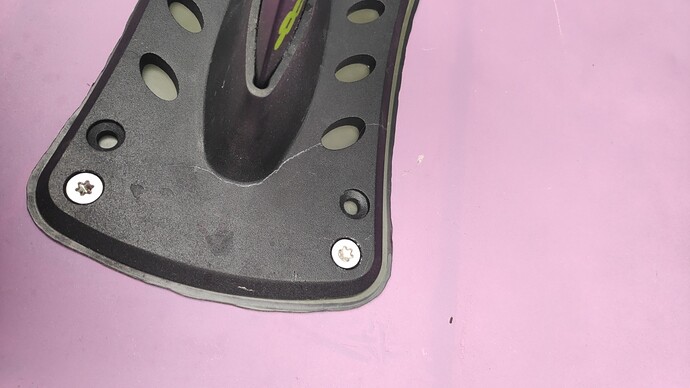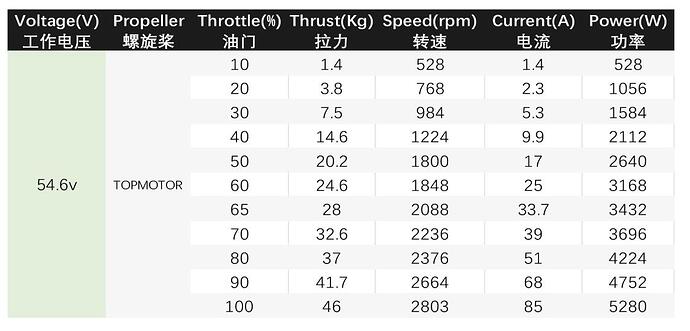It’s a difficult topic; from some documentary I saw that the tips/wings reduce pressure fluctuations. But what do I know 
Well the org flite is using torqeedo design and thats optimised for duct with less blade area close to duct. Good work, perhaps i will copy.
I’m not into fluiddynamics as well, just an experiment to reduce blade area on a high pitched prop. Will try to log both props this spring.
Where do you keep your phone while you ride?
Are you getting a good GPS signal? I would be afraid of no signal!
Well, I don’t have a alumina box or carbon cover. I never had any issue with gps.
Nice lookin propeller there, looks more traditional than flite, but probably not optimized for duct?
I don’t use a duct, so no idea how it behaves with such. What I can say, it works for sure great without.
OK. How is the diameter on this new design compared to flite?
They are all in the range between 137-140mm (flite, rodeo and Prototype)
OK, thanks. Yes, in this application looks like the optimal diameter should be relive small.
oof, yeah ive heard Gong foils have had problems with sourcing there aluminum.
as in its pretty week and brittle
Its only ok for 55cm mast or lightweight rider. They adressed with gen 2 plate. and now with the latest mast system it’s starting to look acceptable.
You get what you pay for at 29€…
Hi Ackermann
It’s great to see the project you built. Seeing the configuration table you shared, I have a question, whether this propeller can match your hydrofoil well. Do you have any suggestions for it?
Interesting numbers, how is this tested, is it static thrust type Bollard pull ?
Yes, static test data.
Sorry, but the table says very little about the propeller, a practical test will show more. Ideally, you should offer Ackermann a propeller to test (with his motor). This is the only way to get initial information about the propeller, preferably from a data log (preferably Metr.at). If the results are unsatisfactory (high ampere current, low speed, low acceleration, …) then a hydrodynamics expert can recommend changes to the propeller shape.







